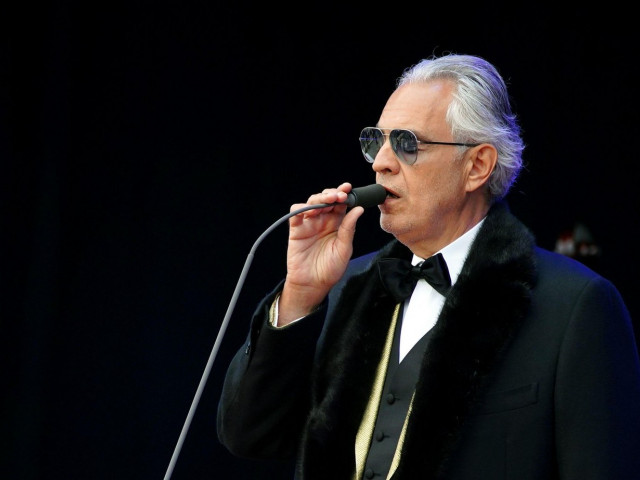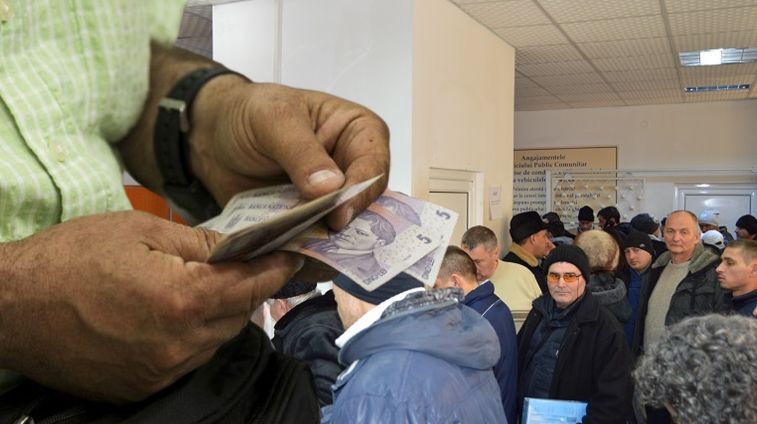Tirana[c] (/tɪˈrɑːnə/ ⓘ tih-RAH-nə,[9][10] Albanian pronunciation: [tiˈɾana]; Gheg Albanian: Tirona) is the capital and largest city of Albania. It is located in the centre of the country, enclosed by mountains and hills with Dajti rising to the east and a slight valley to the northwest overlooking the Adriatic Sea in the distance. It is among the wettest and sunniest cities in Europe, with 2,544 hours of sun per year.[11][12]
Tirana was founded as a city in 1614 by the Ottoman Albanian general Sylejman Pasha Bargjini and flourished by then around the Old Mosque and the türbe. The area that today corresponds to the city’s territory has been continuously inhabited since the Iron Age. It was inhabited by Illyrians, and was most likely the core of the Illyrian Kingdom of the Taulantii, which in Classical Antiquity was centred in the hinterland of Epidamnus. Following the Illyrian Wars it was annexed by Rome and became an integral part of the Roman Empire. The heritage of that period is still evident and represented by the Mosaics of Tirana. Later, in the 5th and 6th centuries, an Early Christian basilica was built around this site.
After the Roman Empire split into East and West in the 4th century, its successor the Byzantine Empire took control over most of Albania, and built the Petrelë Castle in the reign of Justinian I. The city was fairly unimportant until the 20th century, when the Congress of Lushnjë proclaimed it as Albania’s capital, after the Albanian Declaration of Independence in 1912.
Classified as a gamma-world-city,[citation needed] Tirana is the most important economic, financial, political and trade centre in Albania due to its significant location in the centre of the country and its modern air, maritime, rail and road transportation.[13] It is the seat of power of the Government of Albania, with the official residences of the President and Prime Minister of Albania, and the Parliament of Albania. The city was announced as the European Youth Capital for 2022.
The area of Tirana has been inhabited by humans since prehistoric times with the earliest recognised reference found at the Cave of Pëllumbas belonging to the Palaeolithic period. Illyrians were the first population of the area and formed most likely the core of the Illyrian kingdom of the Taulantii, which in classical antiquity was centered in the hinterland of Epidamnus.[14] When the Romans arrived in Illyria after their victory of the Illyrian Wars, they populated and integrated the area into their empire under the political control of the city of Rome. The oldest surviving discovery from this period is a Roman house dating to the 3rd century, which was transformed into an aisleless church with a mosaic floor. A castle, possibly known as Tirkan, was built by the Byzantine Emperor Justinian I between the 4th and 6th century and later restored by Ahmed Pasha Toptani in the 18th century.[15]
#tirana #albania #travel #travelvlog #beautiful #albanian #women #2024 #lifestyle #city #capital
Video “🇦🇱TIRANA, ALBANIA | WHAT DOES THIS COUNTRY HAVE TO OFFER? | CITY WALKING TOUR 2024 💃🏼🔥❤️” a fost încărcat pe 26/01/2024. Urmărește cele mai recente videoclipuri de la Nomad Traveller pe Gretopia






























